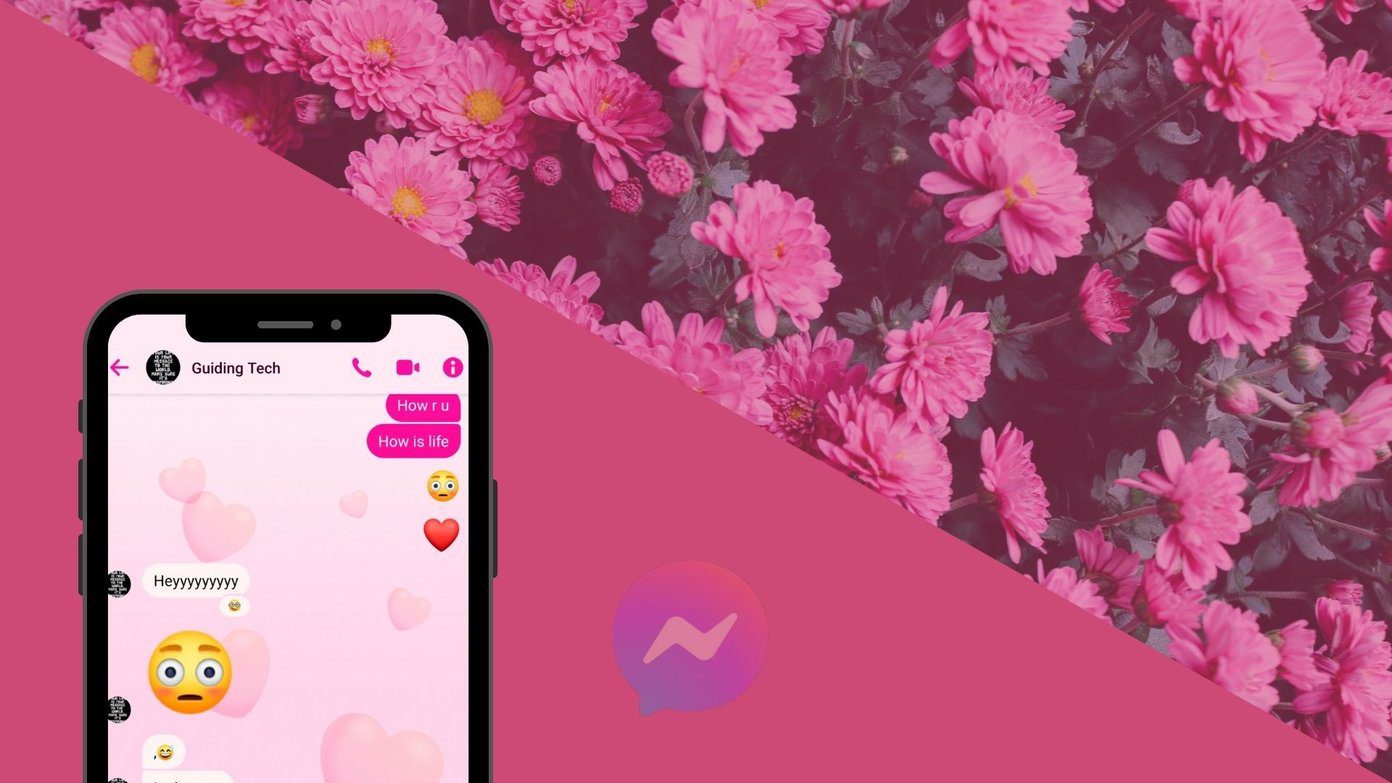GIMP is one of the best free image editing tools that you can get on Windows 10. It packs in a bunch of amazing features that allow you to do everything from remove backgrounds from images to use layers to add multiple components to any image. One of the best things about using GIMP is that it makes use of the FreeType 2 font engine that includes support for a variety of different fonts that you can add to your image. And while you can easily get font packs from a variety of different sources on the web, you might find it difficult to install them in GIMP. So if you’ve want to use third-party fonts in your images, you’ve come to the right place. In this article, I’ll show you how you can easily install fonts in GIMP to use them in your projects.
How to Install Fonts in GIMP on Windows 10
So the first thing you need to do is download third-party fonts for GIMP. Websites like dafont and wfonts are great resources where you can find a variety of different fonts for the platform. If you like a few peculiar ones but don’t know their names, then you can use Chrome extensions to identify the fonts. To download a new font, just head over to one of the free font websites and click on the download link. Note: Once you have the file on your system, just follow these simple steps to install the font in GIMP: Step 1: Double-click on the zip file to open it. Step 2: Then extract the files within by clicking on the Extract button in the file archiver of your choice. Or if you’re just using the stock File Explorer, you can drag and drop the files to the location of your choice. Step 3: Right-click on the OTF or TTF file and then hover the cursor over Open With to show all available options. Step 4: Select Windows Font Viewer from the following drop-down menu. Step 5: Click on Install in the top right corner of the Windows Font Viewer to install the font. That will install the font in Windows, which means that any program that makes use of OTP or TTF fonts (including GIMP) will be able to make use of it. Step 6: Open GIMP and select the Fonts tab in the toolbar to the right. Then search for the font you just added.
Step 7: If the font doesn’t appear, you can click on the tiny tab configuration button in the top-right corner and then select Rescan Font List from within the Fonts Menu. The newly added font should now appear in the list. Alternatively, you can also right-click anywhere within the list to bring up the Rescan option, or you can just click on the green refresh arrow at the bottom of the list. However, there’s a chance that the font still doesn’t appear in the list. If that’s the case, then you’ll need to add it to the GIMP fonts folder manually. Here’s how you can do that: Step 1: Copy the TTF font file you want to add to GIMP by using the Ctrl+C shortcut. Step 2: Navigate to the fonts folder. Step 3: Paste the font file there using the Ctrl+V shortcut and grant administrative permissions. After the font file is copied, reopen GIMP and refresh the font list. The newly added font should now appear in the list. Note: I tested this workaround with GIMP v.2.10.8 on Windows 10. In case you’re using a different version of the software, you can head over to the Super User forum to find a solution The best part about using this method to install fonts in GIMP is that it allows you to install multiple fonts at the same time. You just need to copy all the TTF or OTF files and paste them within the folder mentioned above. Simple, isn’t it?
Try New Fonts in GIMP
Following the methods mentioned above, you’ll be able to easily install and use just about any font in GIMP. But make sure you use the right font for your project, as they have the power to make or break your design. The fonts often remind me of Gary Hustwit’s documentary — Helvetica. You can also check posts on font psychology to learn how fonts inspire the logos. After that, I’m sure you’ll be able to find something that fits your design’s aesthetic. And in case you can’t find anything, please refrain from using Comic Sans unless you’re using it ironically. Anything else, but that. Next up: Want to add more depth to your text-based posts? Check out the next article for a quick tutorial on how you can add shadows to text in GIMP. The above article may contain affiliate links which help support Guiding Tech. However, it does not affect our editorial integrity. The content remains unbiased and authentic.





















![]()